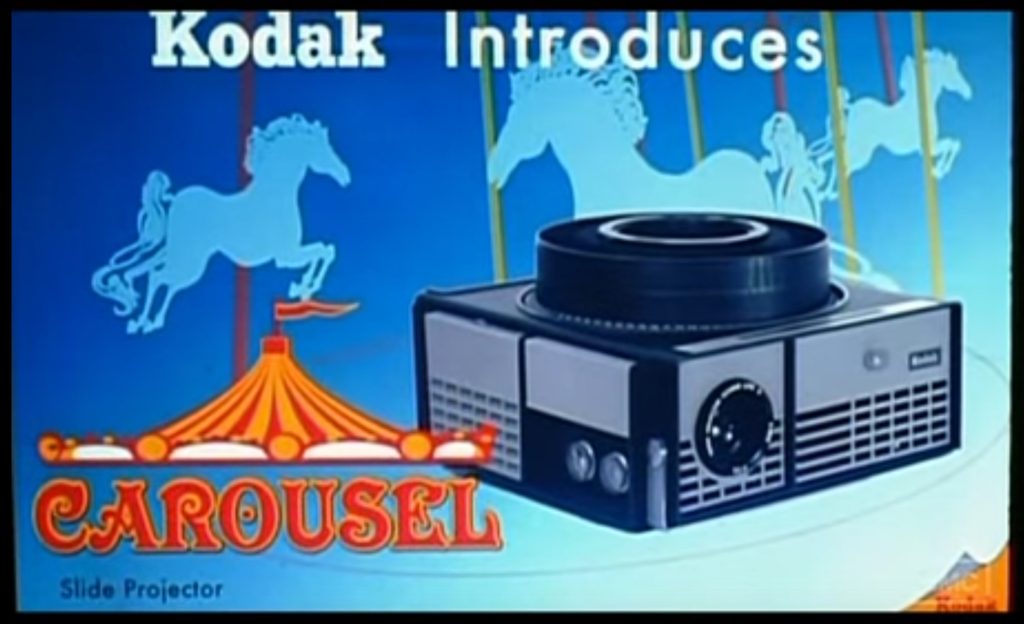I don’t believe pitching to be a dark art — there is a formula that, once followed, will get you on a level that’s better than 70% of people out there. Let’s look at some of the elements of a great pitch.
Actually, hold that thought. Let’s watch a great product pitch first, and then pull it apart.
Cut to the end of the first season of Mad Men, where Don Draper, Creative Director of ad agency Sterling Cooper, is tasked with presenting a pitch for a new slide projector (anyone remember those things?!) for some Kodak execs.
“That’s great,” I hear you say, “but this isn’t real. It’s a dramatisation that would never work in real life.” Sure, there’s some cheesiness added, but there are actually some critical, timeless lessons to learn from the pitch we just watched.
Enter the conversation in the customer’s head
The best way to get on the same level as your audience is to already know what they’re thinking (or what questions they’re asking) and join the conversation from that point. That way, you’re inspiring confidence in letting them know that you fully identify with the problem they’re facing.
Example: In the clip above, the Kodak execs start the conversation by talking about the technology, and the difficulties of marketing something that’s not “desirable”. Don joins in:
“Well, technology is a glittering lure. But there’s the rare occasion when the public can be engaged on a level beyond flash, if they have a sentimental bond with the product.”

Be mission-driven
If you want to inspire action in your audience on a low level (buying your product), you need to inspire them to buy into your mission on a high level. Why should they care? What’s the point? This is your chance to convey passion for the problem that you’re solving.
If you want to learn more about this approach, make sure you watch Simon Sinek’s TED talk, “How great leaders inspire action”:
Simon’s example of how Apple approached Marketing from a completely different angle to pretty much any company at the time is something that’s always at the front of my mind when planning a Marketing strategy. The structure below can be used when pitching value to potential customers (note that the order is the most important thing here).
- Why (you do it)
- How (you do it)
- What (you do)
To take Simon’s Apple example from the talk, it’s the difference between what most Marketing looks like (what – how – why):
“We make great computers, they’re beautifully designed, simple to use and user friendly. Want to buy one?”
and what Apple does (why – how – what):
“In everything we do, we believe in challenging the status quo. We believe in thinking differently. We do this by making our products beautifully-designed, simple to use, and user friendly. We just happen to make great computers. Want to buy one?”
Use actions over words wherever possible
In the Mad Men clip, Don used the actual product — the projector — to do the pitch. The whole thing spoke for itself! While it’s obviously not feasible for every product out there, if you have the chance to use your product as part of the pitch in any way, you should jump on the opportunity. Actions speak louder than words, and if your product delivers true value in an effective way, your audience will understand this nearly instantly.
Demonstrate value, not features
Don doesn’t talk about any technical features of the product in any way in his pitch. None. It doesn’t matter that the projector has an infra-red remote control, or more lumens of brightness than any other product on the market. This isn’t value.
Again, it’s about giving the audience a reason to care deeply about the product. How does it make their lives better? Does it make them appear a better person to their colleagues? Will it bring them closer to their loved ones? These are the things that people care about.
When it comes to B2B, Marketing thought leader Seth Godin summed things up pretty concisely when he said that deep down, people in business have one of two goals:
- Impress their boss, for personal career gains (employees)
- Increase the value of their business, to please investors (leaders)
So what’s the lesson here? Demonstrate clearly that people can achieve one of those two things with your product!
Use emotion

Clearly, Don’s pitch is laced with emotion (as well as much more from a build up of conflict that leads up to this scene). Arguably, leveraging emotion in a pitch for a product that allows customers to visualize their memories is relatively easy. So what about those products that aren’t inherently “emotion-driven”?
ChartMogul is a subscription analytics platform. It doesn’t get much more dry and emotionless than that. And while it’s definitely more difficult to factor emotion into the marketing of such a product, there are still ways in which you can generate a feeling of aspiration. A lot of it comes back to demonstrating values, as I mentioned above.
“ChartMogul helps you build a better subscription business.”
Our decision to use this phrase was a conscious effort to be aspirational, and it comes from our mission: We believe that subscription businesses can use data to be more successful and empower their teams to make better, informed decisions. We’re empowering people to be better at their jobs! There’s no mention of charts, data tables, user segments or any other low-level features in that.
Emotion can be present in all forms of Marketing — some more subtle than others.
This answer was originally featured on Quora – You can read the full thread here.
